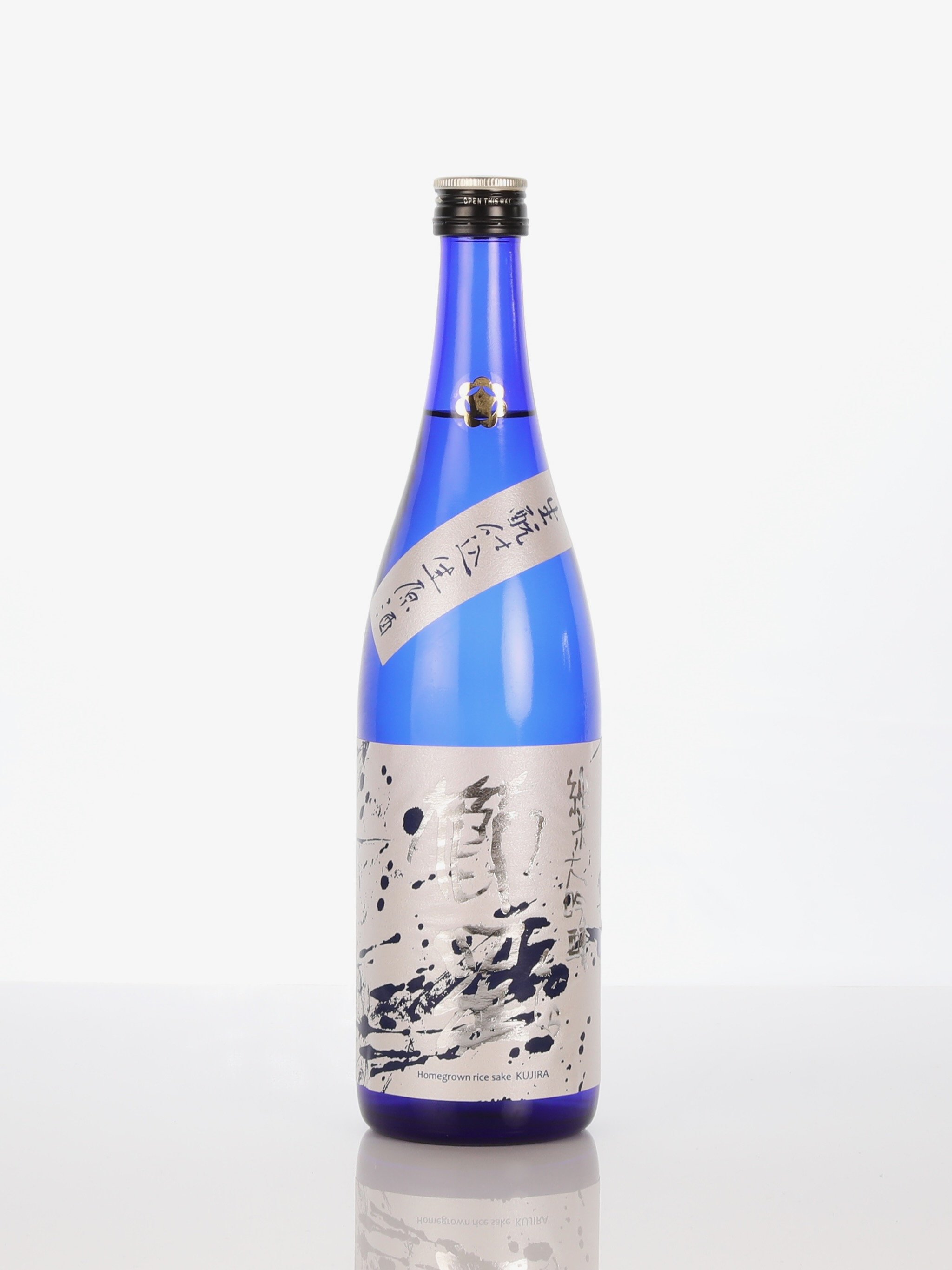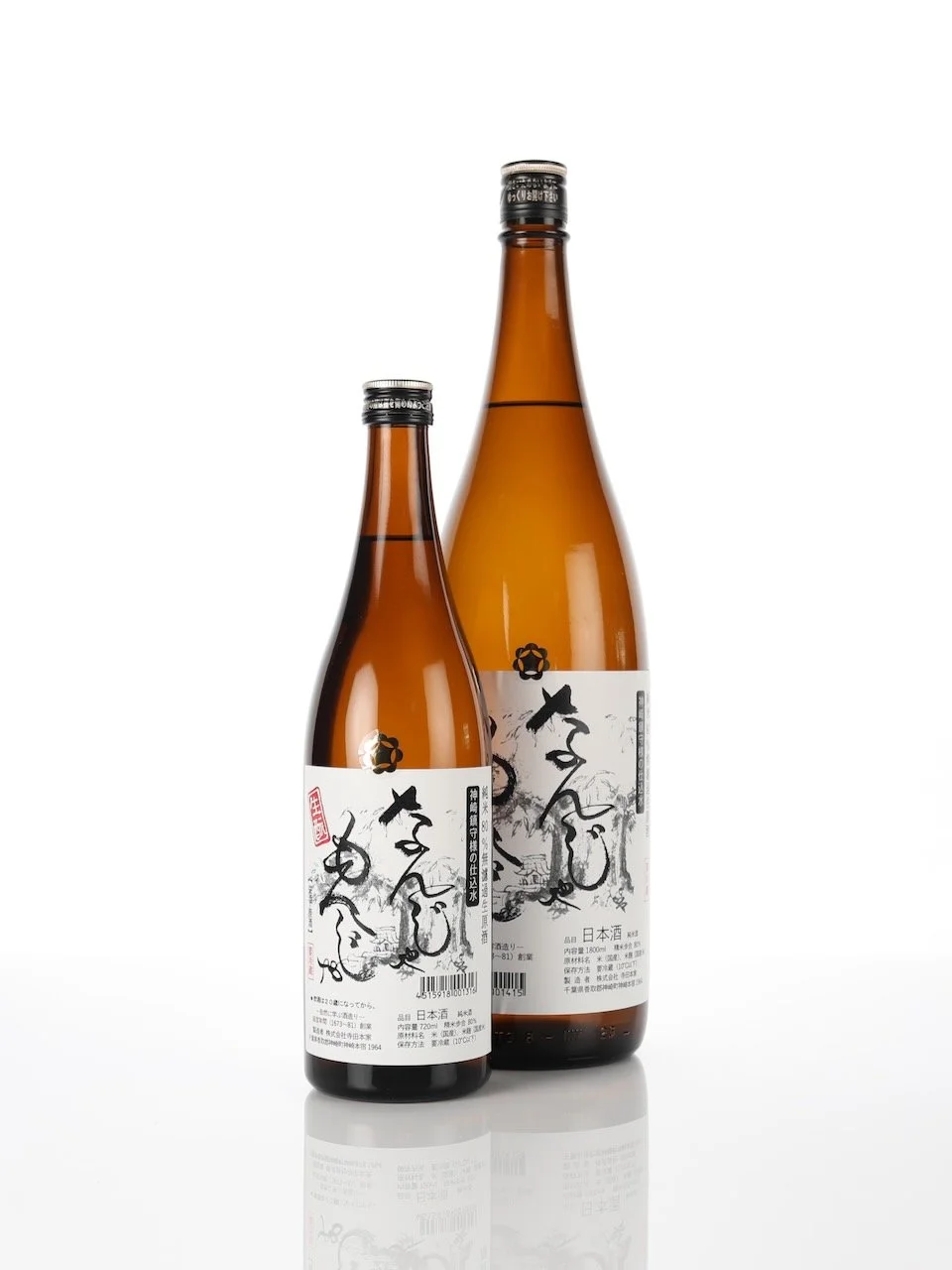To understand Kimoto and how it effects the style or taste of Sake, we have to first look at the technique and history of making Nihonshu [Sake].
The words ‘Shubo’ or ‘Moto’ in Sake-making means the yeast starter or starter culture. This is where a small amount of the raw ingredients are combined to create this starter. Creation of the Shubo is to cultivate active yeast cells in a pure form in mass quantity. In modern Sake brewing this can be done one of three ways. The most common way of creating the starter is called Sokujo or the ‘modern’ method. The other two ways are both ‘traditional’ methods known as Kimoto and Yamahai.
The Kimoto yeast starter method was developed early in the Edo period (1603-1868) and the other variation on this traditional approach to creating the starter, Yamahai, was born in the Meiji period (1868-1912). Both of these methods rely on cultivating lactic bacteria (which exists in the air, everywhere) to be included in the starter preparation. These lactic bacteria feed the yeast in the starter and produce lactic acid which prevents contamination from unwanted microorganisms. With the Sokujo method, lactic acid is purchased by the brewery and simply added in with the other raw ingredients. Essentially ‘feeding’ the yeast instantly and creating an acidic environment preventing spoilage from any unwanted microorganisms.
The Kimoto starter culture involves more microorganisms than the Sokujo version, therefore requires more technique and handling. It also creates highly alcohol resistant yeast which gives active fermentation even towards the end of the Sake brewing process, producing Sake with a rich and powerful taste.
Kimoto-starter making begins by mixing steamed rice and Koji (steamed rice that has been inoculated with the starch breaking mould Aspergillus Oryzae or Koji-kin) with a spatula inside a shallow tub called a Hangiri. Water is also added and mixed creating around 6 - 8 tubs with a total of 100kg of mix. These tubs then are mixed by using long bamboo poles in a process called Yama-oroshi. Where 2-3 brewery workers mix constantly for several minutes before stopping and repeating the process a few hours later approximately 3 - 4 times during the first day. The tubs are then progressively mixed together combining them over several days until the complete mixture is brought together. After another week the conditions are perfect for yeast to grow and in modern Kimoto-starter making a choice is made whether to add cultured yeast. If no yeast is added, strongly acidic yeast exisiting in the brewery (Kuratsuki kobo) will begin to propagate in the starter.
Before completion the Shubo will go through a 1 - 2 week conditioning period to further enhance the fermentative strength of the yeast. Then once ready the Shubo will be used to create the main fermentation mix and the Sake making process continues onto the next stages.
Sake made in the Kimoto method generally tend to be richer in taste and higher in acidity than those made using the modern Sokujo method. You as the drinker will find Sake that has a more savoury nose and palate along with a strong influence of acidity in along a similar vein with the acidity you find in yoghurt or cheese. These Sake are excellent young but also lend themselves to ageing in the short, medium or long-term.
A truly unique and expressive variation of Nihonshu.
KIMOTO SAKE

















